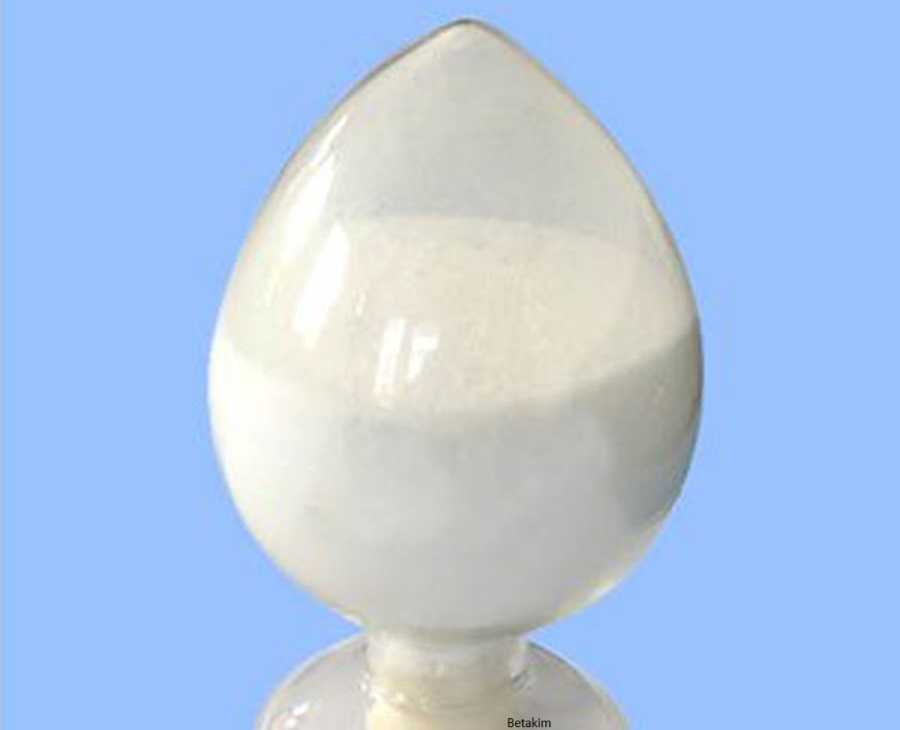We unleash your business potential by maximize the business innovation.
Send EmailE363, Succinic Acid, Butanedioic Acid, Amber Acid, Dihydrofumaric Acid, Ethylene Succinic Acid, Sal Succini, Bernsteinsäure, Wormwood Acid, 110-15-6
Succinic acid has a wide range of applications across different industries. Here are some of its primary uses:
-
Food & Beverage Industry:
-
Used as a food additive (E363) for acidity regulation and antioxidant properties.
-
Enhances flavor and preservation in processed foods.
-
Acts as an acidulant in beverages and confectionery.
-
-
Pharmaceuticals & Health:
-
Plays a role in ATP production and mitochondrial function.
-
Investigated for cardiovascular therapy and metabolic disorders.
-
Used in anti-ulcer drugs and radiation protective agents.
-
-
Cosmetics & Personal Care:
-
Functions as an anti-inflammatory and antimicrobial agent.
-
Often combined with hyaluronic acid for enhanced hydration.
-
Found in skincare formulations for pH balance and exfoliation.
-
-
Industrial Applications:
-
Applied in biodegradable plastics, coatings, and surfactants.
-
Used in polyester polyols, plasticizers, and polyurethanes.
-
Acts as a precursor for polybutylene succinate (PBS), a biodegradable polymer.
-
Succinic acid is known by several alternative names, including:
-
Butanedioic acid (IUPAC name)
-
Amber acid (historical name, derived from Latin succinum, meaning amber)
-
1,4-Butanedioic acid
-
Dihydrofumaric acid
-
Ethylene succinic acid
-
Wormwood acid
-
Bernsteinsäure (German name)
-
Sal succini (old pharmaceutical name)

